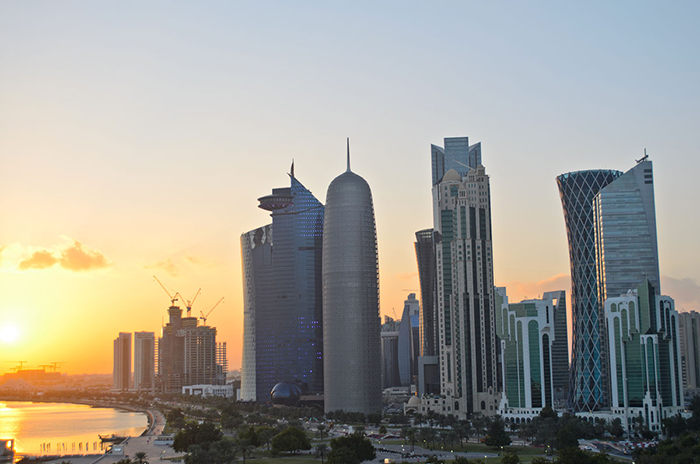Qatar’s gross domestic product (GDP) is expected to recover in 2017/18 with headline real GDP forecast to be 3.8% in 2017 and 4.1% in 2018, Qatar National Bank Group (QNB) has said in a forecast reported by the Qatar News Agency (QNA). The country’s growth is expected to pick up driven by the non-hydrocarbon sector as a result of a fading drag from manufacturing, rising government capital spending and high population growth, it said.
According to GDP data for Q3, 2016, published by Qatar’s Ministry of Development Planning and Statistics (MDPS) recently, Qatar’s real GDP growth accelerated from 1.8% in Q2 to 3.7% in the third quarter owing to a recovery in the hydrocarbon sector.
As a result, growth in the first three quarters of 2016 averaged 2.3% as against the same period a year earlier. The hydrocarbon sector recovered from a contraction of 2% year-on-year in the first half of 2016 to grow by 2.7% year-on-year in Q3 2016.
Data shows that crude oil production, which accounts for around one-third of the hydrocarbon sector, moved in the opposite direction, rising in the first half and falling in Q3 year-on-year. Natural gas and related liquids outweigh crude oil, accounting for two-thirds of the hydrocarbon sector.
Manufacturing sector
The main drag on growth was the manufacturing sector, which contracted by 1.3% year-on-years. Going back to 2014, the drop in oil prices in the middle of that year led to the cancellation of a number of petrochemical projects, which were the main contributor to manufacturing growth.
As a result of the drop in investment into petrochemicals, the performance of the manufacturing sector has been in decline since 2014. However, a number of other non-hydrocarbon sectors maintained relatively high growth rates in Q3 2016.
The construction sector was the main driver, growing at 12.4% year-on-year in Q3 and contributing 1.9% points (pps) to non-hydrocarbon GDP growth. A number of services sectors also performed well, such as financial services, which contributed 0.9 pps to year-on-year non-hydrocarbon GDP growth, government services (0.7 pps) and real estate services (0.5 pps).
QNB expects real GDP growth to recover in 2017-18 with the non-hydrocarbon sector continuing to be the main driver of growth for a number of reasons.
Non-hydrocarbon sector
First, the slowdown in the non-hydrocarbon sector is partly attributable to a drag from manufacturing, which is expected to fade.
Second, government investment is expected to continue to drive growth. The government budget announced in December slated a 3.2% increase in capital spending for 2017 and the ministry of finance has signalled its intention to sign QR46 billion multi-year contracts in 2017, adding to a stock of QR374 billion in ongoing total project budgets in Qatar.
Third, government investment continues to attract workers to Qatar who require a range of services and increase aggregate demand in the economy. The latest population data from December 2016 show year-on-year population growth of 7.3%.
Finally, the outlook for oil prices has improved markedly. QNB expects oil prices to continue rising to the $60 per barrel level if the production cuts recently announced by OPEC and non-OPEC are fully implemented.
Higher oil prices should boost government revenue and embolden capital spending plans as well as supporting sentiment, investment and consumer spending in the broader economy.
Compared to 2016, QNB expects a ‘continued positive trend’ in oil prices in 2017-18, which should support a recovery in growth with the non-hydrocarbon sector as the main driver.
Nonetheless, fiscal deficits are expected to continue and the recovery is likely to be moderate with headline real GDP forecast to be 3.8% in 2017 and 4.1% in 2018, QNB added.




